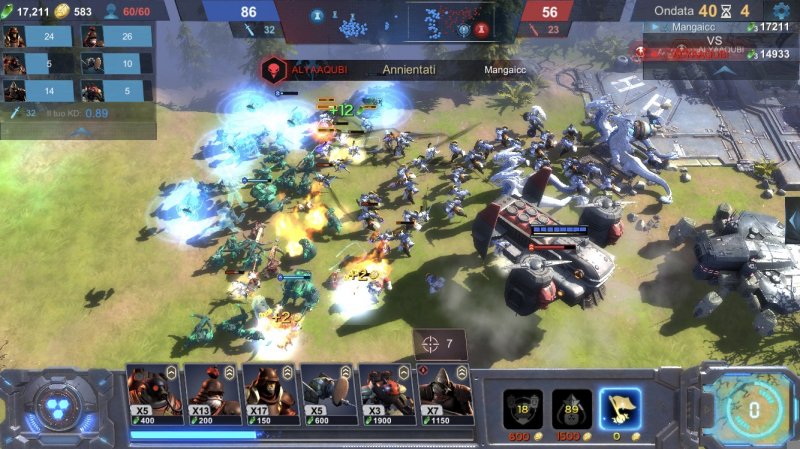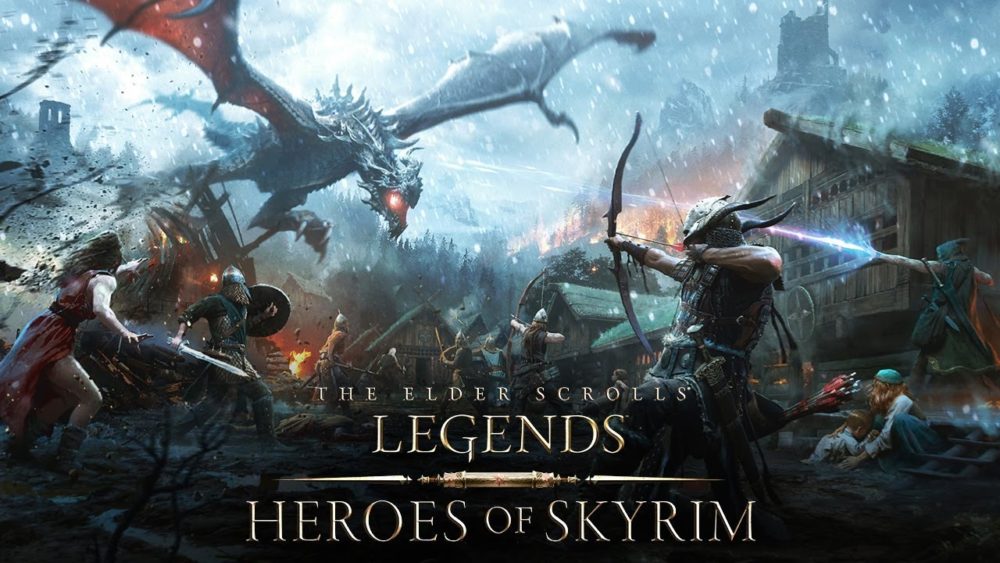The spectacular cinematic opening of Art of War: Red Tides introduces us to a post-apocalyptic scenario in which very different troops face off on the battlefield. The end that makes the charismatic hero in the saddle of the bike, rifle in hand and cigar in his mouth, inspired in a clear way to the protagonist of Metal Gear Solid, underlines how the experience developed by Game Science is not based on the contribution of individual,
but rather on group action. Specifically, the battles in the game involve over two hundred units simultaneously on iOS devices, thus staging fights that are highly frenetic and visually impacting, but at the same time chaotic and difficult to read. After selecting one of the three factions available, a tutorial will introduce us to the basic mechanisms of this variation on the theme of the
MOBA, in which the objective is, as usual, to overcome the opposing defenses to destroy the enemy base. Unlike the Clash Royale blockbuster, the scenario in this case develops horizontally and is equipped with a central area that can be used by the troops to temporarily recharge the energy.
However, the management of the units is completely automated and our contribution must be limited to their placing on the map, according to a strategic approach in which the numerical superiority does not necessarily translate into success.
WAR AND PITCH
Art of War’s freemium dynamics: Red Tides are rather elastic and do not limit the use of the experience in any way, releasing at regular intervals rewards and new units to add to their roster. From a structural point of view, the game allows access to normal or classified games, with one-on-one or three-on-three matches flanked by a single player mode based on more difficult missions. Level up will allow you to play even the classified matches, so as to eventually climb the rankings and aspire to richer and richer rewards.
The system works very well, thanks to a soft launch that has created a rich user base in Asia, and you enter the game in a matter of seconds, with the only difference in group matches of having to wait their turn to place the units on the map. At the bottom of the screen are precisely our troops,
to be generated in greater or lesser number depending on the energy available at that time, while on the right are three special abilities that change depending on the faction and require long time of loading, but allow to hit the enemy in various ways: by petrifying the soldiers, carrying out a targeted bombardment, firing with a huge cannon along a horizontal trajectory, etc.
As anticipated,the behavior of the units in the field is completely automatic: once the soldiers are created, they will proceed in group against the enemy objectives, literally fighting until death.
Only in certain cases we will be able to directly operate special attacks, otherwise our task will consist in reading the situation in the best way and plan how many and which warriors send to fight, even on the basis of the opponent’s setup. Such a limited interactivity lends itself without doubt to carefree matches, even if
often the enormous chaos that at a certain point is generated on the screen makes it really difficult to understand what is happening, turning the gameplay into a repetitive sending of new troops in the hope that their number could be enough to
break through the enemy lines and get to destroy the base. From a technical point of view the amount of characters in action is managed effectively, but the distant view and the inability to zoom if not a little diminishes the whole, preventing to appreciate a good level of effect and some noteworthy animation .


